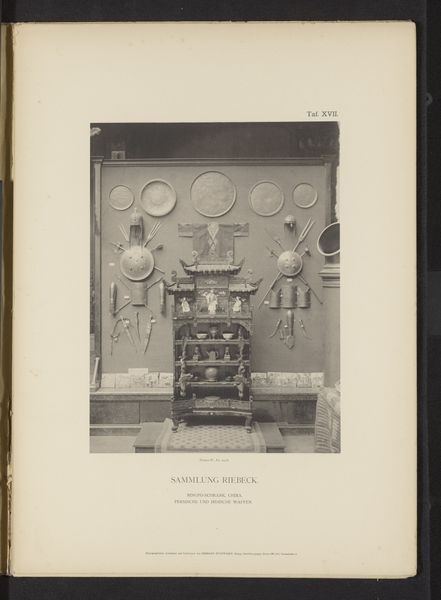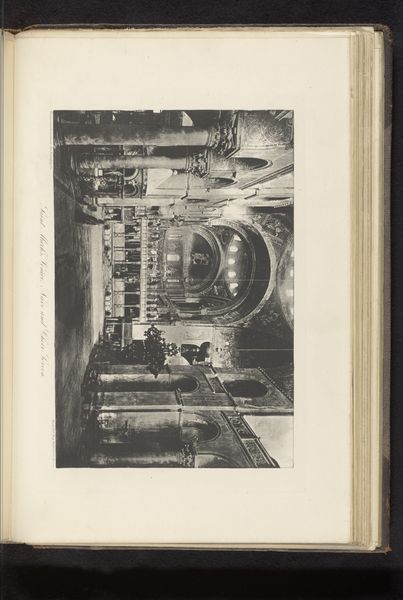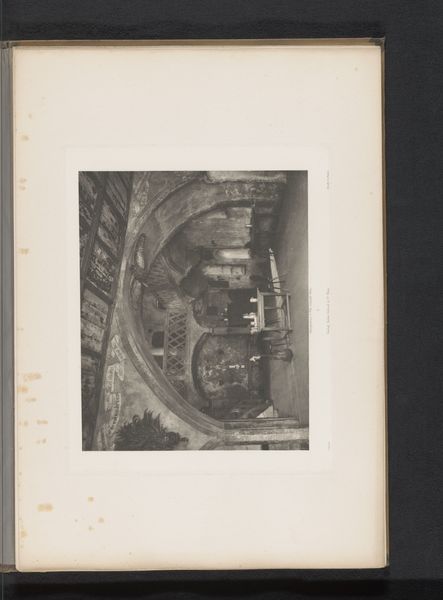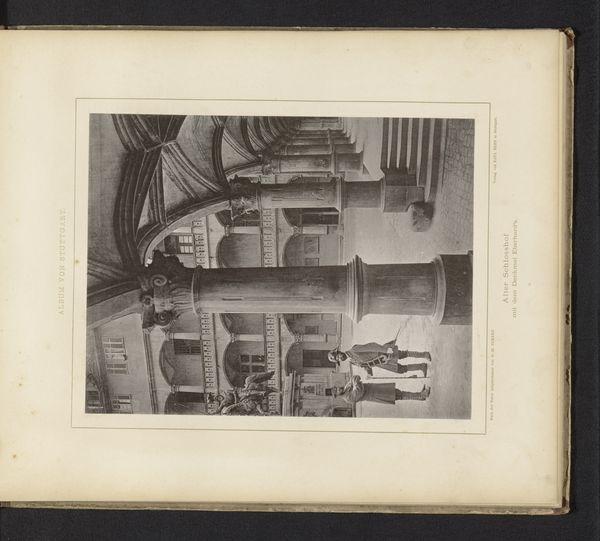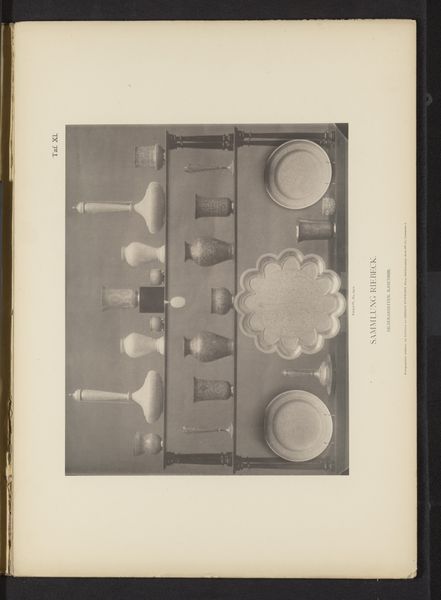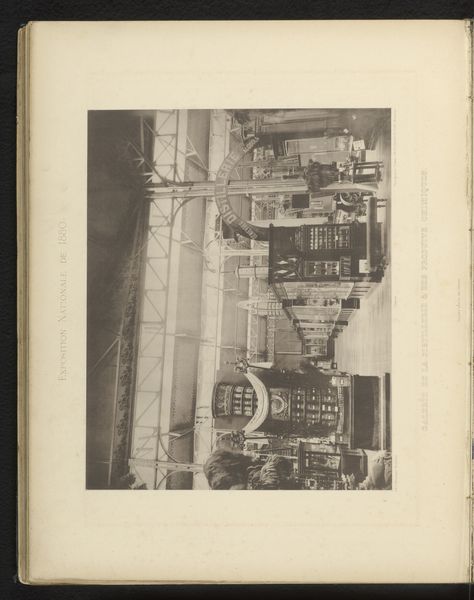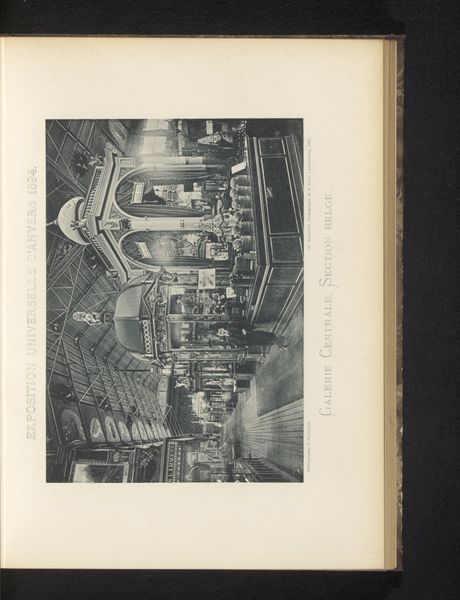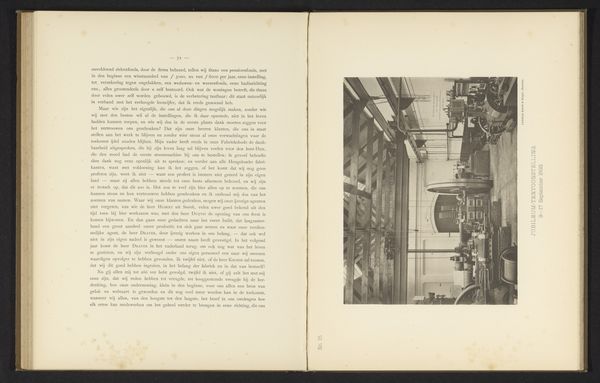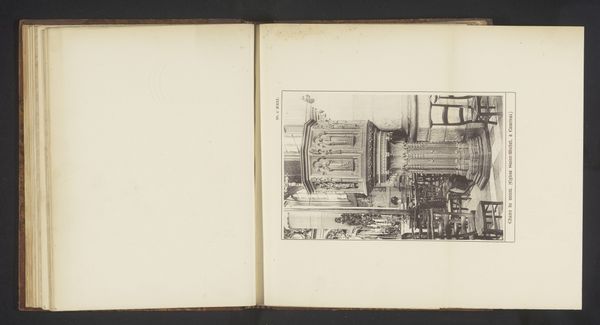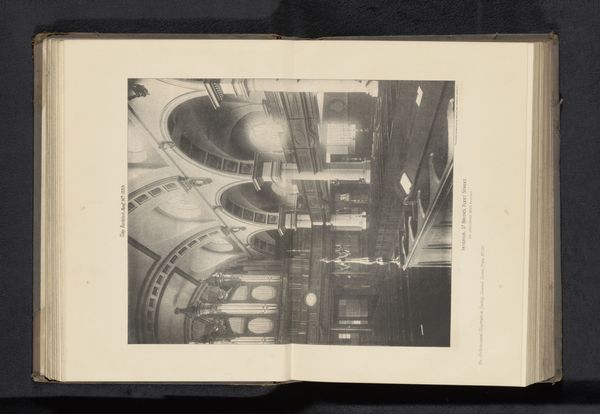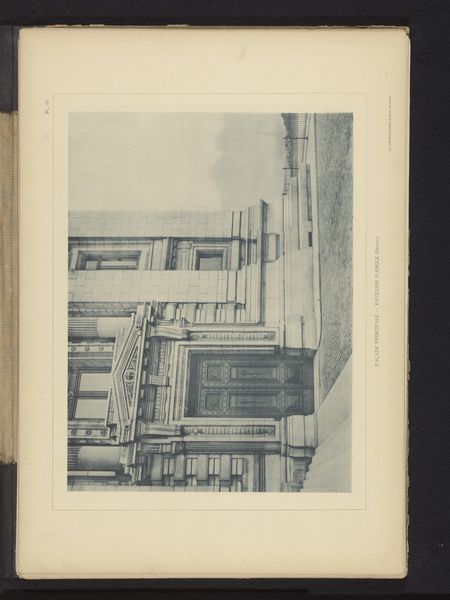
Objecten uit Japan uit de verzameling van Emil Riebeck, op de binnenplaats van het Kunstgewerbemuseum in Berlijn 1884
0:00
0:00
photography
#
photography
Dimensions: height 243 mm, width 311 mm
Copyright: Rijks Museum: Open Domain
Editor: We're looking at "Objecten uit Japan uit de verzameling van Emil Riebeck, op de binnenplaats van het Kunstgewerbemuseum in Berlijn," a photograph from 1884 by Hermann Rückwardt. It’s a fascinating still life, composed of what appears to be Japanese objects. I'm immediately struck by the arrangement—the textures, the almost chaotic way everything's placed. What's your initial reading of the formal elements in this work? Curator: The composition strikes me first, its strategic chaos. Rückwardt has meticulously arranged objects with contrasting forms, directing the viewer's eye across the frame, focusing on light and shadow to give the two-dimensional photograph some depth. Note how the cylindrical forms bookend the grouping, anchoring it. Are we dealing with mere documentation here or something more? Editor: You make an interesting point about "something more." Is it fair to interpret this image as merely a photographic inventory, or could we examine its aesthetic qualities irrespective of what’s being depicted? Curator: Precisely. Consider the interplay of textures: the smooth porcelain against the ornately woven textile. Rückwardt controls the monochromatic palette expertly, coaxing forth subtle gradations that both unite and differentiate the objects. Semiotically, this affects a sophisticated visual argument, doesn't it? Are the relationships purely aesthetic or are we being asked to draw our own conclusions about Japonisme through these objects? Editor: The semiotics are intriguing. Is there a deliberate ambiguity at play then? A tension between documentation and artistic expression? Curator: The lack of clear perspective creates a flattened picture plane that emphasizes pattern and texture. It seems to elevate the decorative quality of the objects. This resonates with prevailing notions of 'art' during the time period. So, is Rückwardt consciously employing specific photographic techniques to comment on objecthood itself, through composition and light? Editor: Thinking about the composition alone reveals a level of intentionality I hadn't fully considered. It transcends simple representation. Curator: Absolutely. The photograph, through formal examination, acts not only as record, but is in conversation with the very essence of artistry itself, questioning objectivity while simultaneously being beautiful. A good day's work.
Comments
No comments
Be the first to comment and join the conversation on the ultimate creative platform.
